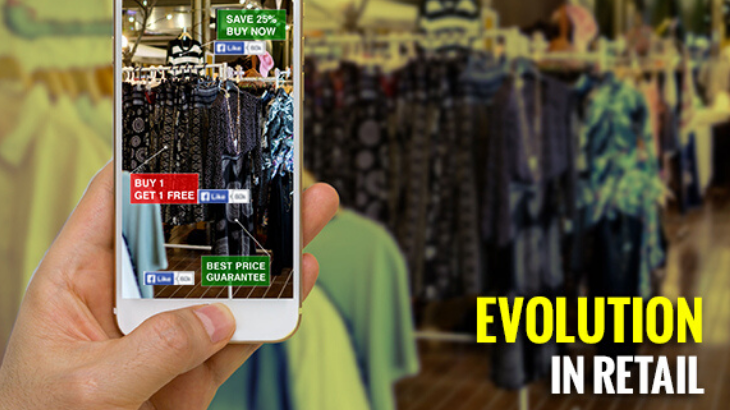Fashion today, like music, has evolved in the way it is consumed. With the Internet having altered the way information is shared and absorbed, retailers are evolving rapidly to stay relevant. Technology & innovations can be studied, developed & applied to provide desired experiences online and in store. Let’s look at a few such examples that are presently being deployed in the global market.
Augmented Reality and Virtual Reality (VR) tools are clearly the technologies of today to make products come alive on digital platforms and add to the quality of the experience. In-store too, this virtual technology can be effectively used to enhance the shopping experience. French multinational home improvement & gardening major, Leroy Merlin has become the first retailer to use the Oculus Rift goggles to improve customer experience across its stores. This VR tool allows consumers to virtually visit 50 different models in the modular kitchen category and later receive an email with photos and information about their favourite kitchen units. Thus, availing customised designs, size, colour, delivery requests helps in establishing personalised connect with the target audience.
Another technology extensively used by retailers is “Beacons”. Commonly mounted to ceiling overheads near store entrances, these digital transmitters are able to identify & share relevant, personalized communications/ text messages directly to a store visitor’s smartphone via Bluetooth/ WiFi. A simple message like “Hello Ben, the smart-watch you searched last week is now 20 percent off, and available in two additional colours” when a potential customer is approaching a store, department or relevant display area lures him to make his purchase decision. While, Swirl, Indoors & In Market are useful beacon platforms; “Magic mirrors” is a current rage amongst shoppers. Sophisticated software to create a virtual fitting room allows a customer to visualize and experiment with their look, empowering them and creating “an experience” for them to remember. This is what generates brand recall and later translates into customer loyalty.
Since the e-Commerce industry is expected to plateau at 20%- 25% globally, most online brands are now focussing on increasing their physical presence to capitalise on customer outreach. From providing a bespoke experience using extensive customer data to developing active channels for the purpose of marketing and customer service, the physical store is now growing on the pure play online retailer. Amazon’s first offline test store “Amazon Go” in Seattle is the e-Commerce giant’s first step to reach out to the more orthodox buyer. Featuring “Just Walk Out” technology, it allows customers to take items from the shelves and walk out without even standing in a billing queue. The amount shopped gets deducted from their existing account with the e-Commerce major.
This initiative, thus appeals to the young millennial generation who are always pressed on time and also accessible by the conventional and sometimes the older audience that cares for a conservative “look-feel” experience at a regular brick-&-mortar store.
Retailers globally have started investing in their respective “Innovation Labs” working at budding initiatives that are needed hastily to improve customer experiences leading to better shopping basket values. The quick and widespread increase of these retail incubators come as stores seek to evolve with the changing consumption culture. Sephora’s innovation lab has introduced an interesting platform based on three concepts: teach, inspire and play. Their San Francisco, Powel street store now has the Beauty Workshop, a 12-station hub for group classes that’s surrounded by: The beauty Board, a shoppable online gallery that also broadcasts user-generated content via a big digital screen. This concept was first tested in-lab before its introduction in-store to grade its effectiveness on the high street.
As majority retailers use Internet of Things to identify consumer behaviour, shopping habits, and fashion quotient; they are beginning to understand that “shopping for an experience” while looking for the product is key to consumer buying whether in the offline or the online world.
